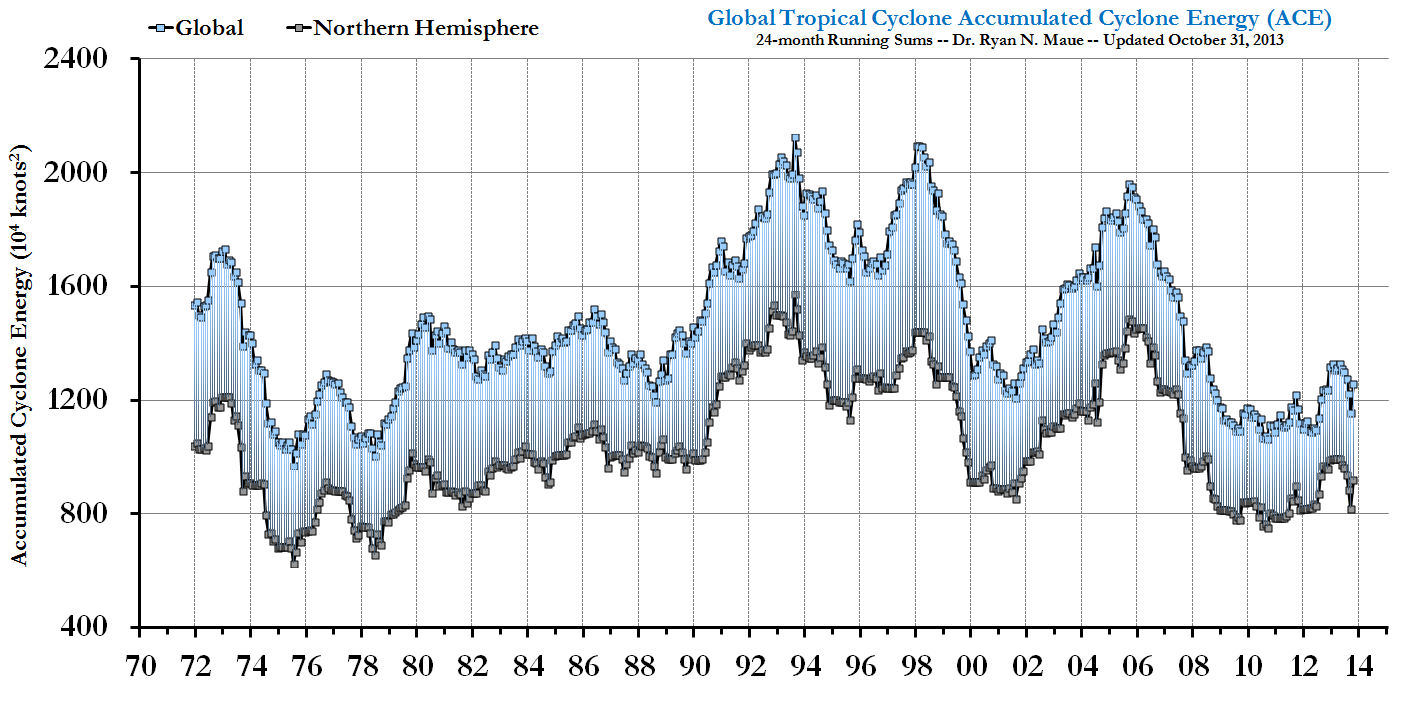OF THE
TIMES
Regarding MacRon, Zelensky, and the Others, things are simple. IT'S A PLAY. THEY'RE PLAYERS. THEY'RE PLAYING.
What a lovely little boat. Where are the Somali pirates when you really need them?
sounds like they're taking him seriously. is that because Macron wasn't long ago considered a buddy of Putin, so want to help it/him along....or...
Dr. Wayne Dyer articulated it so precisely when he said, “The concept of balance defines our Universe. The cosmos, our planet, the seasons, water,...
When Russia takes Kiev, they will all cry "we told you so" and keep on arguing for bigger military spending. I don't think that Russia is...
To submit an article for publication, see our Submission Guidelines
Reader comments do not necessarily reflect the views of the volunteers, editors, and directors of SOTT.net or the Quantum Future Group.
Some icons on this site were created by: Afterglow, Aha-Soft, AntialiasFactory, artdesigner.lv, Artura, DailyOverview, Everaldo, GraphicsFuel, IconFactory, Iconka, IconShock, Icons-Land, i-love-icons, KDE-look.org, Klukeart, mugenb16, Map Icons Collection, PetshopBoxStudio, VisualPharm, wbeiruti, WebIconset
Powered by PikaJS 🐁 and In·Site
Original content © 2002-2024 by Sott.net/Signs of the Times. See: FAIR USE NOTICE

Comment: It is also worth pointing out that there has been no warming for the last 15+ years and that it looks more likely that we are entering a cooling climate if not a full blown ice age.